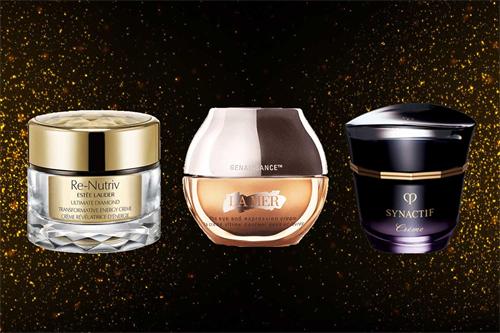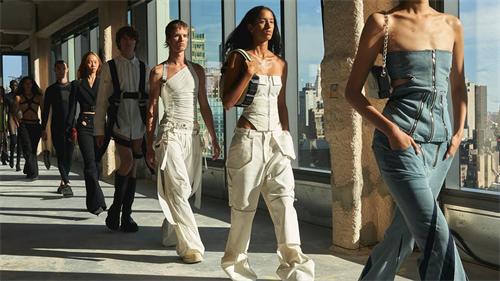Luxury vs. Fast Fashion: Can They Coexist Ethically?

Luxury and fast fashion may seem like polar opposites in the fashion world, yet in recent years, they have frequently joined forces, sparking debate over whether they can ethically coexist. Luxury brands pursue elegance and refinement, while fast fashion emphasizes speed and accessibility. Is their collaboration a clever fusion of market strategies, or a compromise of moral principles?
Etymologically, “luxury” comes from the Latin word “lux”, meaning “light,” symbolizing brilliance, radiance, and indulgence. Luxury brands express their elegance and refined image through carefully crafted visuals and unique stylistic elements that set them apart from the mainstream. From a sociological perspective, luxury goods were historically symbols of aristocracy, representing status, identity, and power. Although modern society is more egalitarian, the desire for prestige has not disappeared—luxury satisfies the innate human longing for exclusivity and distinction.
In contrast, fast fashion follows trends with speed and low cost. These brands often rely on a buyer system to rapidly identify the latest fashion elements and swiftly bring them into production, enabling quick product turnover. While this model allows more people to enjoy fashion at affordable prices, it has often been criticized for lacking originality and being rife with imitation.
On the consumer level, luxury brands target the wealthy and some white-collar consumers who are willing to invest occasionally in self-expression. They value uniqueness and craftsmanship. Fast fashion, on the other hand, appeals to a large group of young, trend-conscious consumers with moderate incomes and education levels, who prioritize style and affordability over durability.
Despite their apparent differences, the two have a subtle complementarity. Fast fashion brands seek to elevate themselves from “affordable style” to “affordable prestige” by leveraging the influence of luxury brands, attracting consumers who might otherwise belong to the high-end market. Meanwhile, luxury brands can expand their reach through fast fashion’s popularity and rapid dissemination, especially as the market trends toward youth. Collaborating with fast fashion becomes a precise marketing strategy—rather than spending huge amounts on celebrity endorsements, a highly talked-about co-branded collection can spark viral discussions on social media, achieving more effective brand exposure.
However, this convergence raises ethical concerns. Luxury brands promote materialism and social status, potentially encouraging unhealthy comparisons and distorted values. Fast fashion, driven by rapid production and consumption, exacerbates resource waste and fosters consumerism. In an era of growing environmental awareness, does the collaboration between these two sectors create even greater moral tension?
In conclusion, while the partnership between luxury and fast fashion may make sense commercially, it still demands reflection on a moral level. Finding a balance between profit and responsibility is a challenge the fashion industry must face. Only by embracing innovation while honoring sustainability and social responsibility can luxury and speed truly coexist in a meaningful way.
RECOMMEND FO YOU



